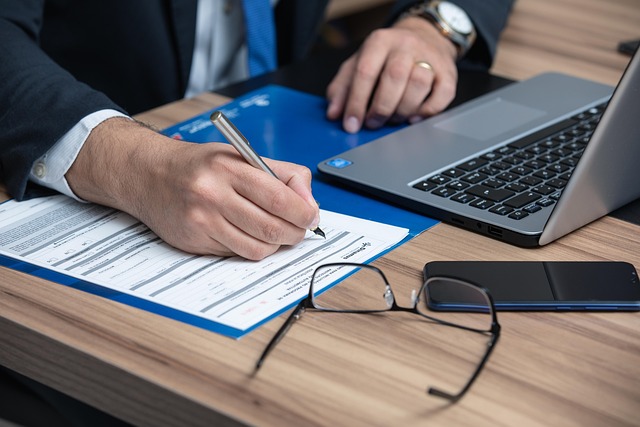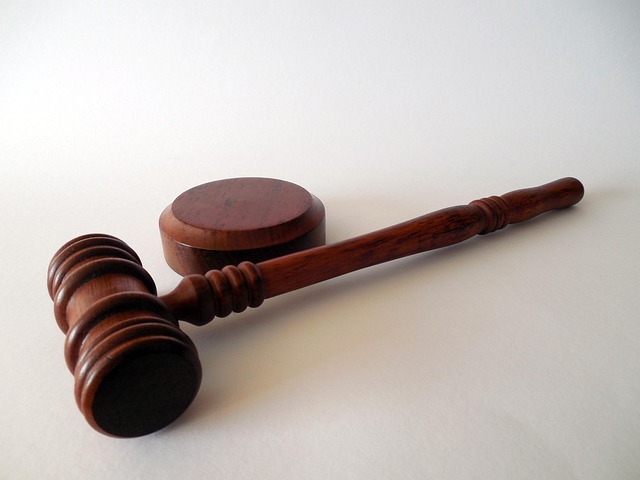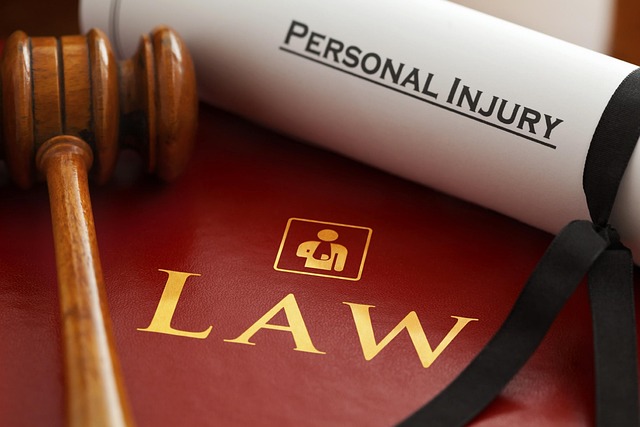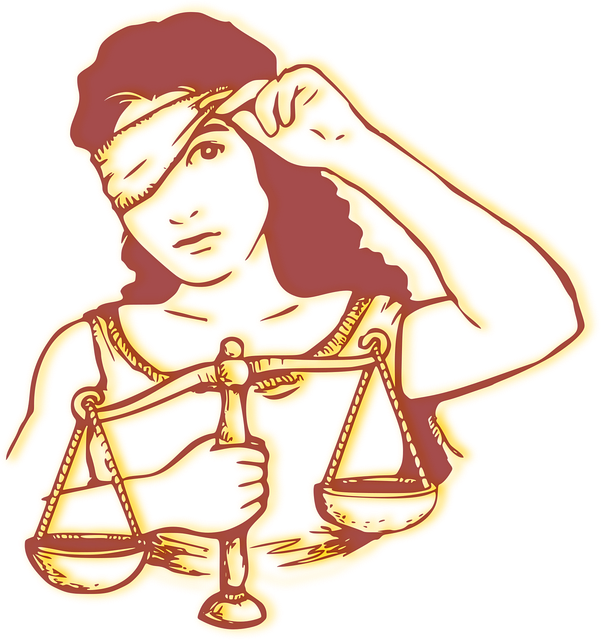Meticulous documentation of medical records, witness statements, and financial documents is crucial for personal injury claims, strengthening cases and streamlining trials. Similarly, gathering evidence in fraudulent financial practices cases requires careful navigation, including legal professionals, to expose and quantify fraud, ensuring compliance and maximizing success.
Fraudulent financial practices, often hidden behind complex schemes, pose significant threats to individuals and businesses alike. This article delves into the intricate world of financial fraud, focusing on personal injury claims. Understanding these deceptive tactics is crucial when presenting an evidence-needed for a personal injury claim in court. We explore essential legal steps and requirements, offering guidance on navigating the complex process of uncovering and combating fraudulent activities, ensuring justice for victims.
- Understanding Fraudulent Financial Practices
- Evidence Requirements for Personal Injury Claims
- Navigating Legal Steps After Discovering Fraud
Understanding Fraudulent Financial Practices

Fraudulent financial practices are a significant concern for individuals and businesses alike, often leading to severe economic repercussions. These practices encompass a wide range of illegal activities aimed at manipulating financial systems for personal gain. Understanding fraudulent behavior requires recognizing common patterns and indicators. It involves scrutinizing transactions, accounts, and documents for any signs of deception or manipulation.
In the context of personal injury claims, evidence plays a pivotal role. When individuals seek compensation for injuries suffered due to someone else’s negligence, they must gather comprehensive documentation. This includes medical records, eyewitness statements, and financial records that can substantiate their claims. For his clients, ensuring all stages of the investigative and enforcement process are meticulously documented is crucial. This approach not only strengthens their case but also facilitates a smoother transition towards potential jury trials if necessary.
Evidence Requirements for Personal Injury Claims

When pursuing a personal injury claim, gathering compelling evidence is paramount to building a strong case. The onus is on the claimant to provide concrete proof that supports their version of events and demonstrates the extent of their injuries. This can include medical records detailing treatment and diagnoses, photographs capturing physical wounds or property damage, and witness statements corroborating the incident. Achieving extraordinary results in personal injury cases often hinges on the quality and quantity of evidence presented.
In addition to these primary forms of evidence, legal professionals may also require surveillance footage, police reports, expert witness testimony, and any relevant insurance documentation. For both general criminal defense and corporate or individual clients involved in personal injury disputes, it is crucial to document every interaction and preserve all potential pieces of evidence. This meticulous approach ensures that the case is as airtight as possible, increasing the chances of a favorable outcome.
Navigating Legal Steps After Discovering Fraud

When navigating legal steps after discovering fraudulent financial practices, it’s crucial to understand that gathering evidence is a critical first step in any personal injury claim or high-stakes case. To strengthen your position, you’ll need substantial proof—such as documents, communications (including emails and text messages), and witness testimonies—that demonstrate the extent of the fraud and its impact on the respective business or individual.
The process involves careful consideration and documentation to avoid indictment for any unlawful actions taken during the initial investigation. Legal professionals specializing in such cases can guide you through this labyrinthine process, ensuring that all evidence needed for a personal injury claim is properly collected and presented. This not only increases your chances of success but also helps in achieving justice and recovering losses incurred due to fraudulent financial practices.
Fraudulent financial practices, particularly in personal injury claims, pose significant challenges. Understanding these practices and their intricacies is vital. When navigating legal steps after discovering fraud, it’s crucial to gather substantial evidence needed for a personal injury claim. This includes documented transactions, witness statements, and expert opinions. By following the outlined legal procedures, individuals can protect their rights and ensure justice in the face of fraudulent behavior.






